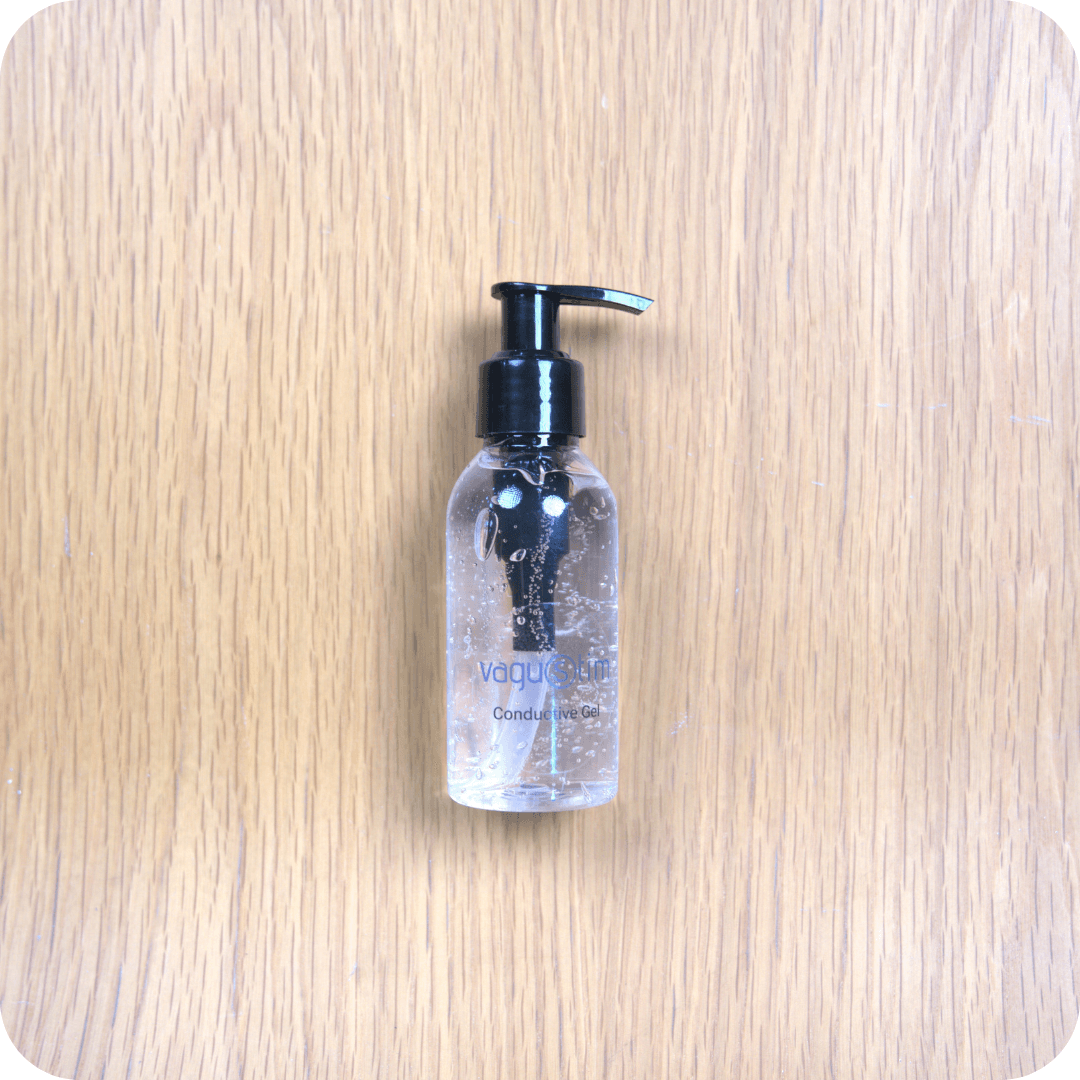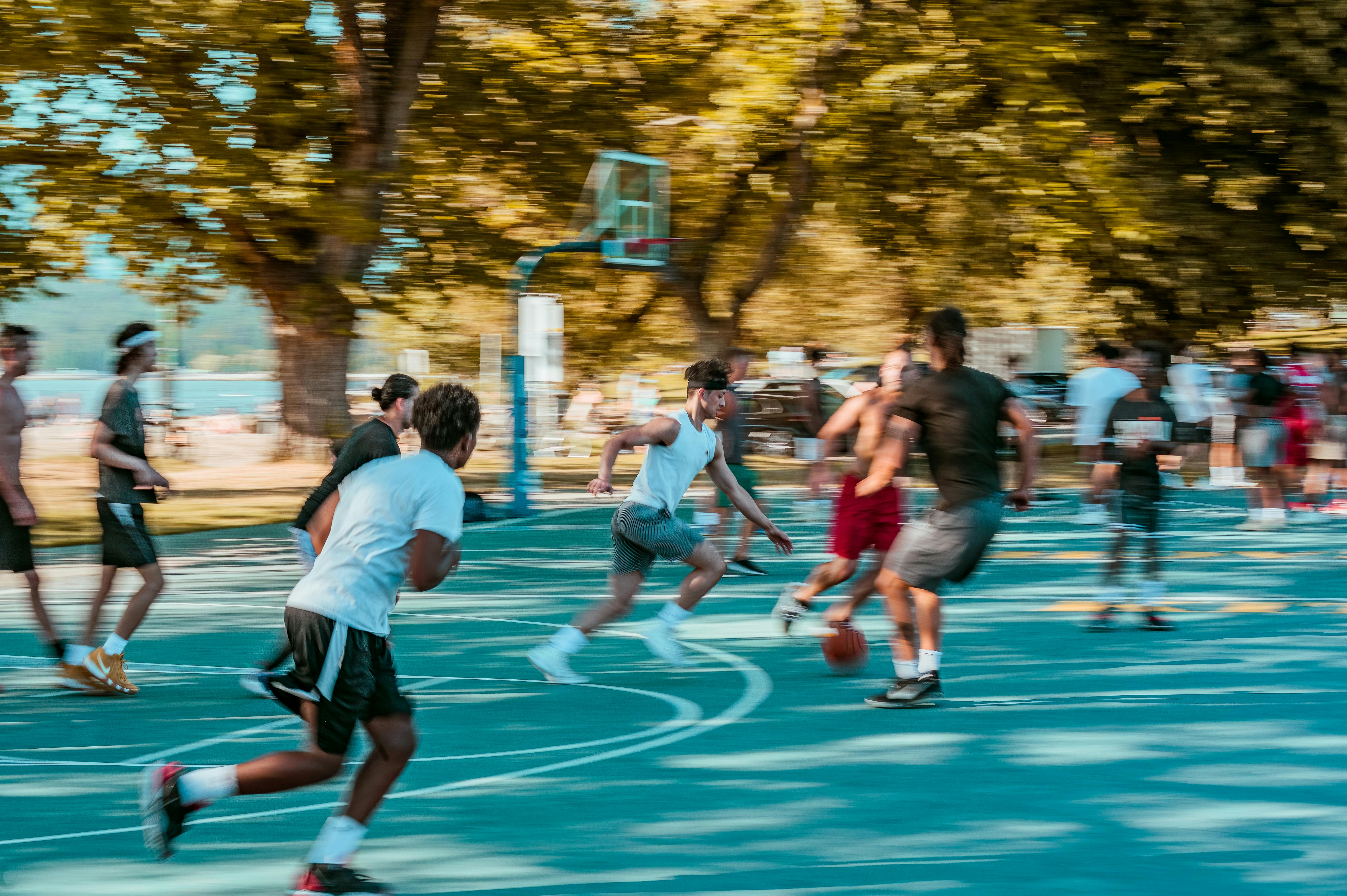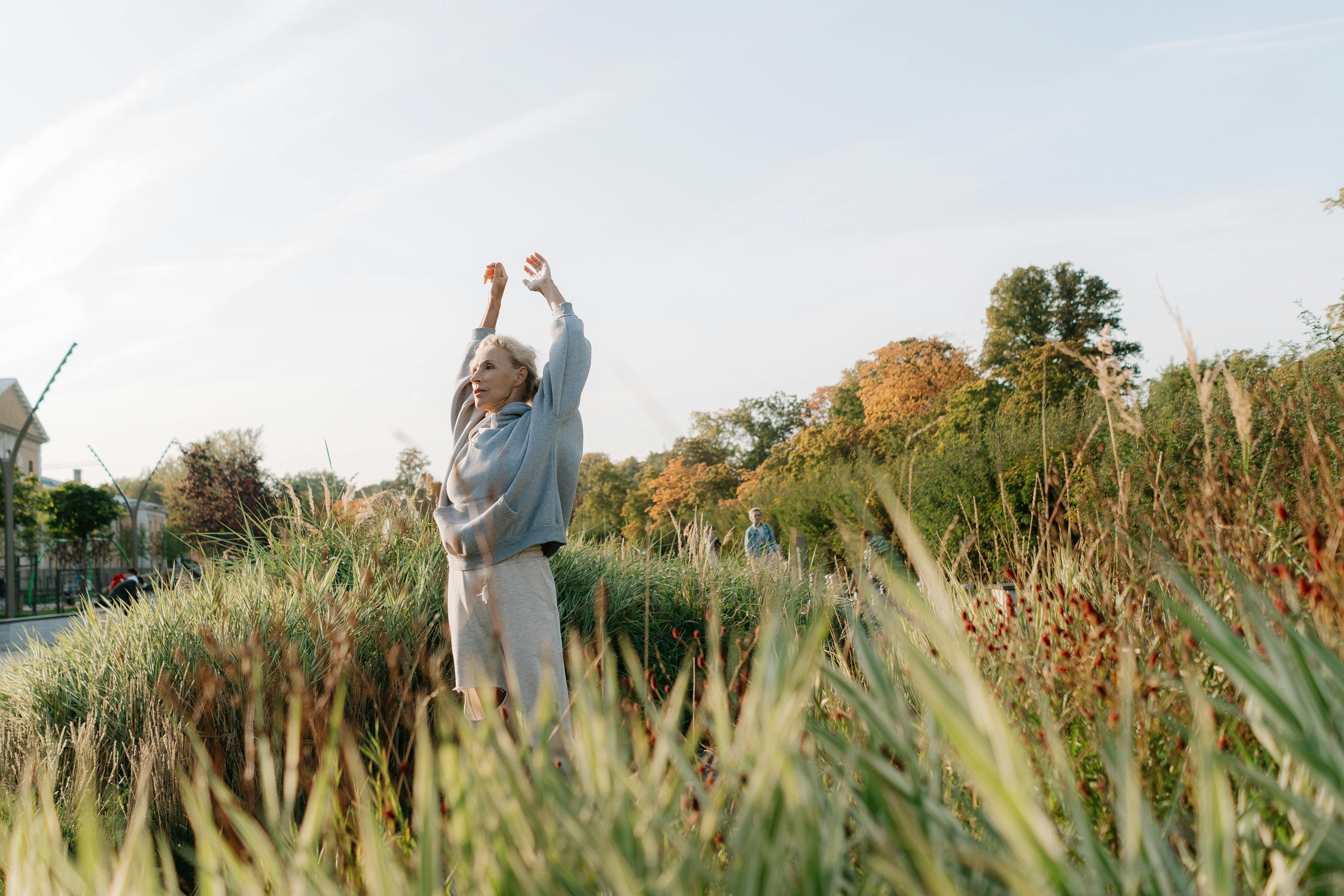Vagus nerve stimulation (VNS) has traditionally been studied for its impact on autonomic and neural regulation. While the cervical method remains the most established, its invasive nature may lead to certain side effects, such as voice changes, due to its proximity to the recurrent laryngeal nerve. In recent years, auricular VNS (aVNS) has gained interest as a non-invasive alternative. However, optimal stimulation parameters for different applications remain an area of exploration.
This observational study examined whether aVNS may influence vocal characteristics through afferent vagal connections projecting to the nucleus tractus solitarius. Two users previously familiar with auricular VNS devices were asked to record their voices before and after stimulation. Their devices (Vagustim) were updated to a newer version, and audio recordings were collected via mobile phone across a range of stimulation frequencies (1–150 Hz). Voice parameters—including fundamental frequency (f₀), jitter, shimmer, and harmonic-to-noise ratio (HNR)—were analyzed using Praat software and a custom MATLAB algorithm.
Preliminary results indicated that the most noticeable vocal changes occurred at 100 Hz for the male participant and 30 Hz for the female participant. These changes were consistent across different stimulation durations (5–30 minutes) and sessions on separate days. While minor discrepancies were observed between the two analysis methods for jitter, shimmer, and HNR, the ratio of change in fundamental frequency and HNR remained stable—suggesting their potential utility in developing responsive, parameter-tuning algorithms. Jitter and shimmer values also showed promise after refinement for similar algorithmic use.
These early findings support the idea that auricular VNS may influence certain vocal characteristics in a manner dependent on stimulation parameters. Further research is encouraged to develop adaptive algorithms and software that can better detect and respond to such changes in real time.
Authors: Ali Veysel Özden, Tayfun Tatar




